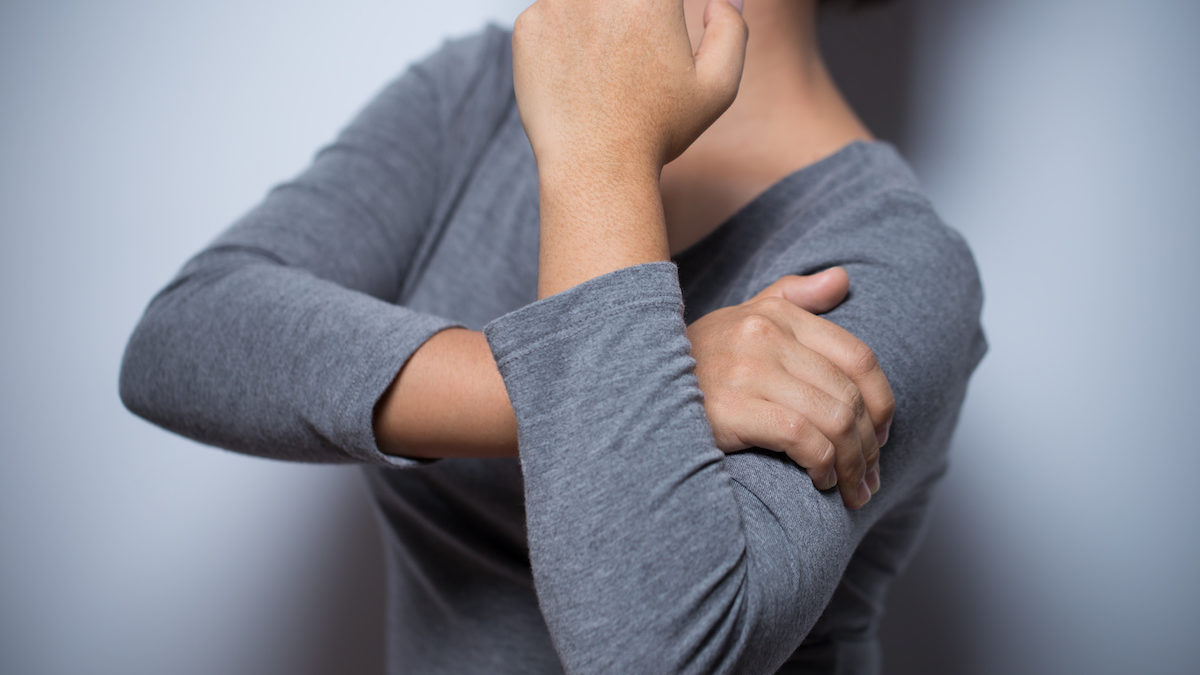After an intense workout, you might feel soreness in your muscles. This soreness, known as delayed onset muscle soreness (DOMS), can be uncomfortable and sometimes even painful. But why does it happen? Let’s explore the reasons behind post-workout soreness.
What Causes DOMS?

DOMS occurs when you perform an activity that your muscles aren’t used to. This can happen when you try a new exercise or increase the intensity or duration of your workout. The soreness is caused by tiny tears in your muscle fibers.
When you exercise, your muscles contract and relax repeatedly. This puts stress on your muscle fibers, causing them to break down. The small tears that result from this process are necessary for your muscles to grow and become stronger. But they can also lead to soreness and discomfort.
When Does DOMS Occur?

DOMS typically occurs 24 to 48 hours after your workout. This is why it’s called “delayed onset” muscle soreness. The soreness usually peaks at around 72 hours after exercise and then gradually subsides.
It’s important to note that not all soreness after a workout is DOMS. If you experience immediate pain during or immediately after your workout, it could be a sign of an injury. If you’re unsure, it’s always best to consult with a medical professional.
How Can I Relieve DOMS?

While there’s no cure for DOMS, there are ways to ease the discomfort. Some of the most effective methods include:
- Rest: Allow your muscles time to recover by taking a break from exercise.
- Stretching: Gentle stretching can help to relieve muscle tension and soreness.
- Massage: A gentle massage can help to increase blood flow to the affected area, reducing inflammation and promoting healing.
- Ice or heat: Applying ice or heat to the sore area can help to reduce pain and inflammation.
- Pain relief medication: Over-the-counter pain relief medication such as ibuprofen can help to ease the discomfort of DOMS.
How Can I Prevent DOMS?

While you can’t completely prevent DOMS, there are ways to reduce your risk of experiencing it. Some tips to keep in mind include:
- Gradually increase the intensity and duration of your workouts.
- Warm up before exercising to prepare your muscles for the workout.
- Cool down after exercising to help your muscles recover.
- Stay hydrated before, during, and after your workout.
- Eat a balanced diet that includes plenty of protein to support muscle growth and repair.
Conclusion
DOMS is a common occurrence after a workout, but it doesn’t have to be debilitating. By taking steps to relieve the discomfort and reduce your risk of experiencing it in the future, you can continue to enjoy the benefits of exercise without the pain.